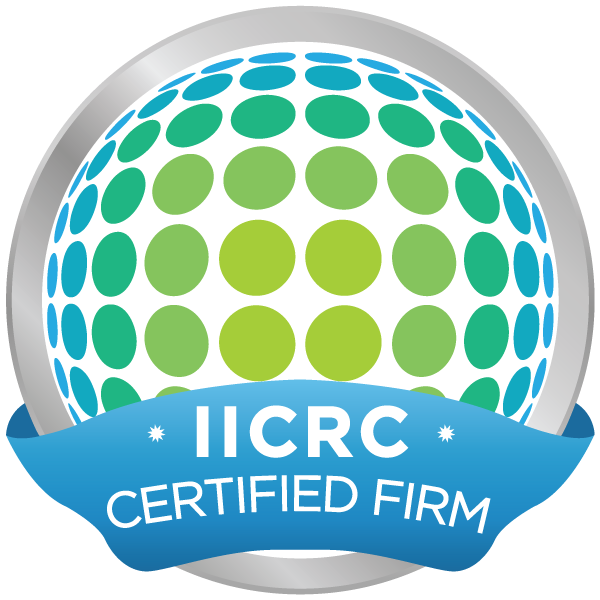
Investigating Hidden Mold Problems. Upon arrival, Precision Environmental experienced staff will perform a thorough inspection using thermal imaging cameras and moisture detection equipment. Precision Environmental contains the affected areas and establishes engineering controls before demolition, remediation procedures begin.
Hidden Mold
You may suspect hidden mold if a building smells moldy, but you cannot see the source, or if you know there has been water damage and residents report health problems. Mold may be hidden in places such as the backside of drywall, wallpaper, or paneling, the top side of ceiling tiles, the underside of carpets and pads, etc. Other possible locations of hidden mold include areas inside walls around pipes (with leaking or condensing pipes), the surface of walls behind furniture (where condensation forms), inside ductwork, and in roof materials above ceiling tiles (due to roof leaks or insufficient insulation).
Investigating Hidden Mold Problems
Investigating hidden mold problems may be difficult and require caution when the investigation involves disturbing potential sites of mold growth. For example, the removal of wallpaper can lead to a massive release of spores if there is mold growing on the underside of the paper. If you believe that you may have a hidden mold problem, consider hiring Precision Environmental.
Health and Mold
How do molds affect people?
Some people are sensitive to molds. For these people, exposure to molds can cause symptoms such as nasal stuffiness, eye irritation, wheezing, or skin irritation. Some people, such as those with serious allergies to molds, may have more severe reactions. Severe reactions may occur among workers exposed to large amounts of molds in occupational settings, such as farmers working around moldy hay. Severe reactions may include fever and shortness of breath. Some people with chronic lung illnesses, such as obstructive lung disease, may develop mold infections in their lungs.
How common is mold in buildings?
Molds are very common in buildings and homes. Mold will grow in places with a lot of moisture, such as around leaks in roofs, windows, or pipes, or where there has been flooding. Mold grows well on paper products, cardboard, ceiling tiles, and wood products. Mold can also grow in dust, paints, wallpaper, insulation, drywall, carpet, fabric, and upholstery.
Basic Mold Cleanup
The key to mold control is moisture control. It is important to dry water damaged areas and items within 24-48 hours to prevent mold growth. Call Precision Environmental if mold is a problem in your home. Our team of professional will clean up the mold and get rid of the excess water and moisture.
We drive outcomes that keep our customers a step ahead in an emergency situation!
Emergency response teams are available 24 hours a day, 7 days a week. Upon arrival, Precision Environmental experienced staff will perform a thorough inspection using state-of-the-art thermal imaging cameras and moisture detection equipment. Precision Environmental contains the affected areas and establishes engineering controls before demolition, remediation procedures begin.
Preventing Secondary Mold Damage
Our team minimizes secondary damage by establishing negative pressurization and cross ventilation inside containments to avoid affecting other areas of the structure. Once remediation is complete, environmental testing is available to confirm the results of Precision Environmental remediation efforts.
-min.png)